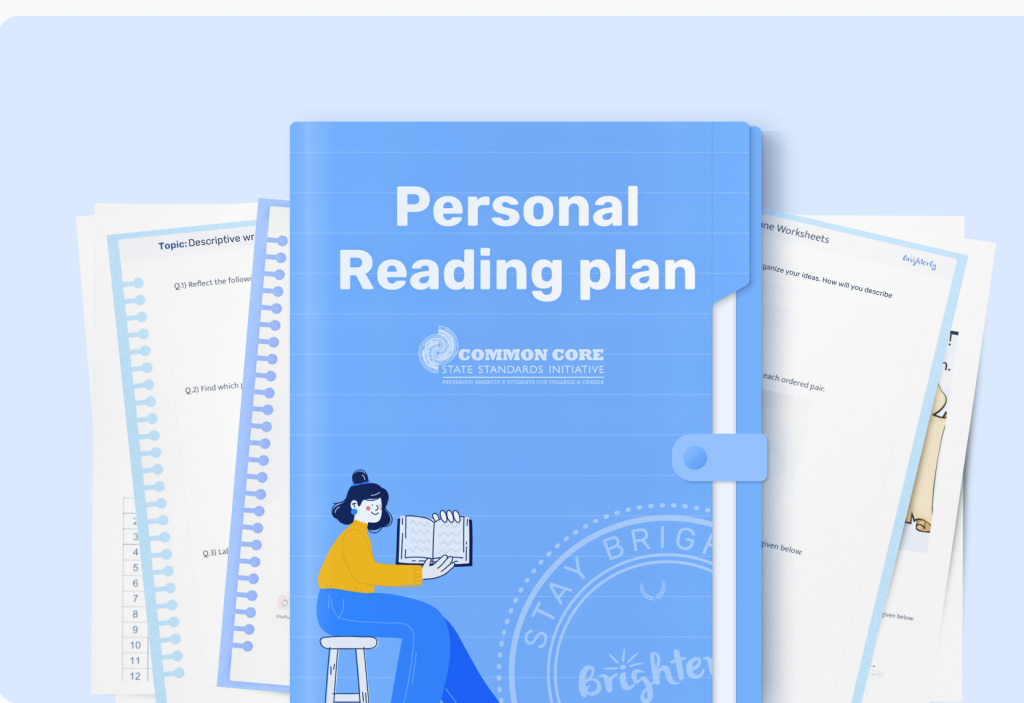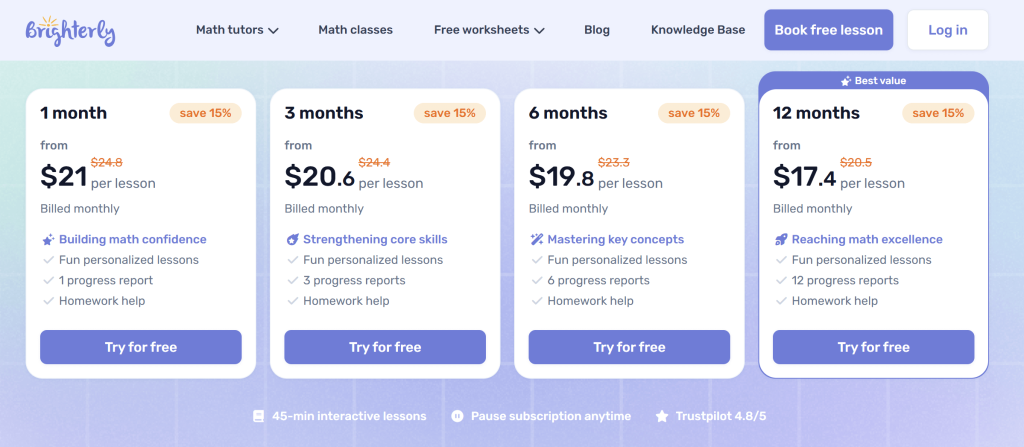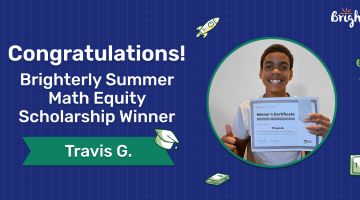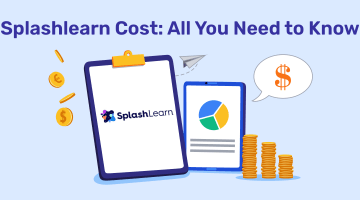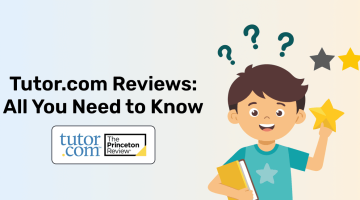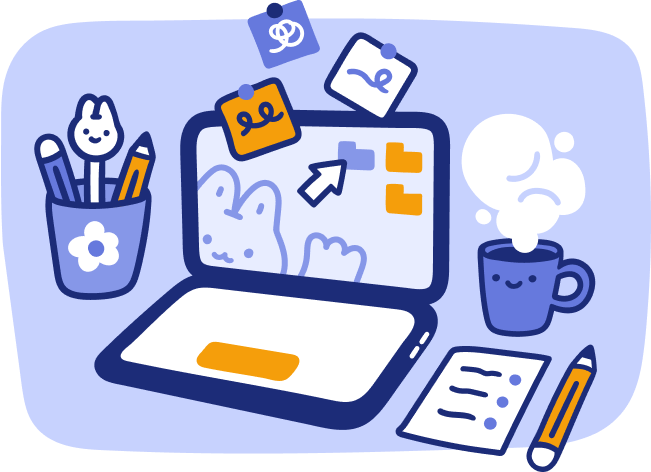Reading Comprehension Strategies: 13 Ways to Make Your Child a Better Reader
reviewed by Franz Jerby Delos Santos
Updated on September 16, 2025
Children need to learn to comprehend texts to gain new knowledge, perform well at school, and succeed beyond academic life. In this guide, I’ll discuss the 13 most effective reading comprehension strategies for students in different grades. They have proven to work through my decades-long career as an English language teacher and tutor. These strategies are based on extensive research that I have conducted and evidence that I have gathered.
Key points
- Being able to understand the meaning and details of what they read is a crucial skill for children that helps them succeed at school and beyond.
- Personalized, 1:1 tutoring is the best way to boost reading comprehension capabilities among children of all ages and grade levels.
- It is helpful to combine reading tutoring with other strategies, such as answering and asking questions, summarizing, identifying key ideas and details, and retelling to optimize your child’s reading fluency.
Which strategy would most likely improve a student’s reading comprehension?
The most effective reading comprehension strategy for all students is personalized, real-time, 1:1 reading tutoring. An excellent example is the Brighterly reading program for students grades 1-9. Following a flexible, individualized schedule, children learn core literacy skills such as vocabulary development, story analysis, and critical thinking, which all contribute to improved comprehension.
Steps parents can apply this strategy effectively with Brighterly
-
Step 1: Book a free 1:1 trial lesson
Book a free reading class so that you and your child can get a feel of how personalized tutoring sessions work. This will help you decide if this is indeed the right strategy for your child.
😍Even before that, you can watch the video below to see an actual Brighterly reading session to find out how engaging, fun, and yet effective they are:
-
Step 2: Get a reading assessment and consultation
An expert from the Brighterly team will evaluate your child’s reading level, speed, and comprehension to identify their individual strengths and weaknesses. Based on the assessment, they will match your child with the best fit among Brighterly reading tutors.
-
Step 3: Receive a personalized reading comprehension improvement plan and materials
The tutor will prepare a reading plan in line with your child’s level of fluency and comprehension and according to their interests and preferences to ensure engagement and commitment. It’s important to note that Brighterly reading lessons also support the development of writing, speaking, listening, and general language skills through an integrated approach.
-
Step 4: Set a flexible schedule and begin the program
Finally, you will create a tutoring schedule that is most convenient for your child. Afterward, they can start attending consistent, online, 1:1 reading sessions to build their confidence and achieve real progress towards reading comprehension.
Benefits of Brighterly reading tutoring
Top-notch reading tutors
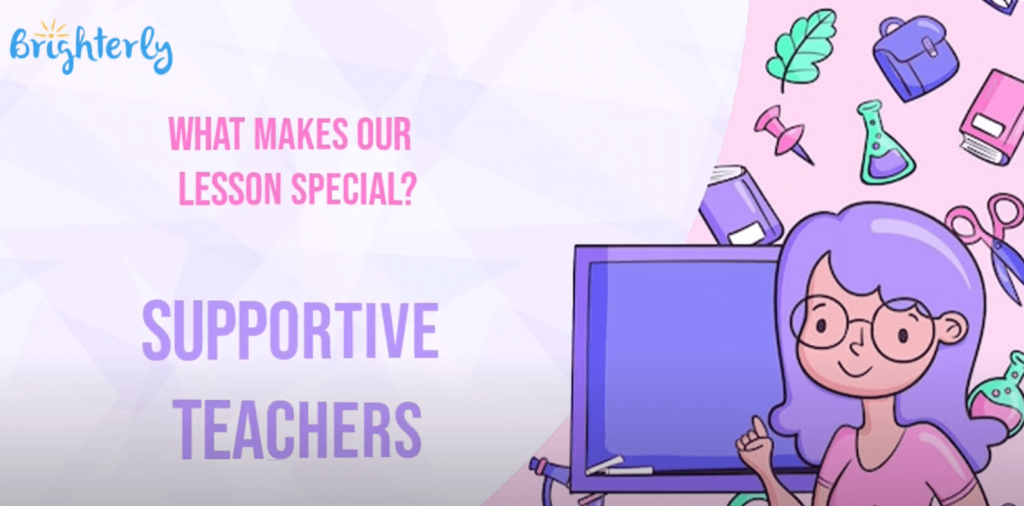
Brighterly is the best reading program for kids because tutors are highly qualified. All of them have a Bachelor’s or Master’s degree in addition to 5-15 years of experience teaching their subject. Being pedagogy-trained and innovative, they are not only experts on the subject but also know how to lead entertaining and fun sessions that will grab your child’s attention and retain it to the end.
👇Here is what one parent says about Brighterly in her reviews on Trustpilot:
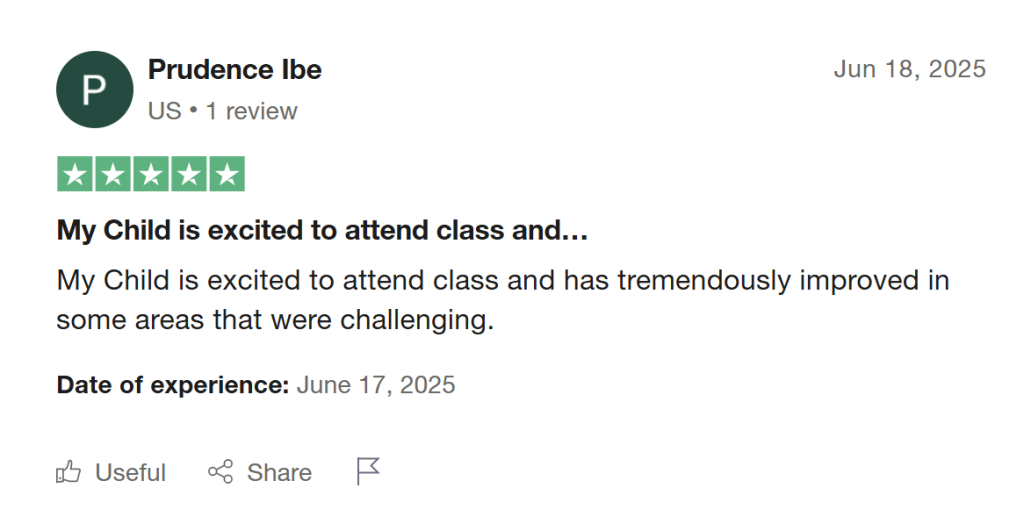
Personalized lessons and reading program
Your dedicated Brighterly tutor customizes the reading program, materials, and lessons to match the level, pace, and aspirations of your child. Research-based reading comprehension strategies show that there is no one-size-fits-all model, so our experienced tutors are capable of personalizing the approach to the needs of each child. Nevertheless, each program is aligned with the Common Core State Standards and the academic requirements of US schools.
Affordable pricing
Last but not least, the Brighterly reading and math platform offers an affordable price from $17.40 to $21 per lesson, depending on your subscription duration. This means that your child can take as many reading comprehension lessons as needed to achieve the desired level of fluency without breaking the bank.
The table above shows a detailed breakdown of Brighterly pricing plans for both reading and math tutoring so that you can choose the plan that fits your child’s needs.
Strategies to improve reading comprehension work best when combined and used together. That’s why I recommend hiring a reading tutor in addition to one or more of the other 12 techniques that I have seen lead to considerable improvements among my students.
12 reading comprehension strategies
- Answering questions
- Asking questions
- Summarizing
- Retelling orally
- Predicting
- Using metacognition
- Making inferences
- Visualizing
- Rereading challenging parts
- Building graphic organizers
- Identifying key ideas and details
- Self-monitoring
Comprehension strategy for reading #1: Answering questions
Best for: Readers in grades 1-12
About the strategy: The Question-Answer Relationship (QAR) strategy is one of the most widely used techniques to help children better understand the text. It can be successfully applied to students at each grade by modifying the questions to their level. For best results, you should pause during reading and ask students questions that they can answer aloud or in writing. To further amplify the impact of the strategy, you can ask the child how they were able to find the answer to the question. You can offer them one of three options:
- They found the answer directly in the text.
- The answer was not provided directly, but it was implied in the text.
- They had to use background knowledge from outside the story.
What are the 5 W’s of reading comprehension strategy?
💡The 5 W’s of reading comprehension are:
- Who: To identify the narrator and the characters of a story
- What: To analyze the plot of the story and the main idea of the narrative
- When: To find out the time when the story happens
- Where: To discuss where the action takes place
- Why: To analyze the reasons behind the events of the story and the motivations of the main characters
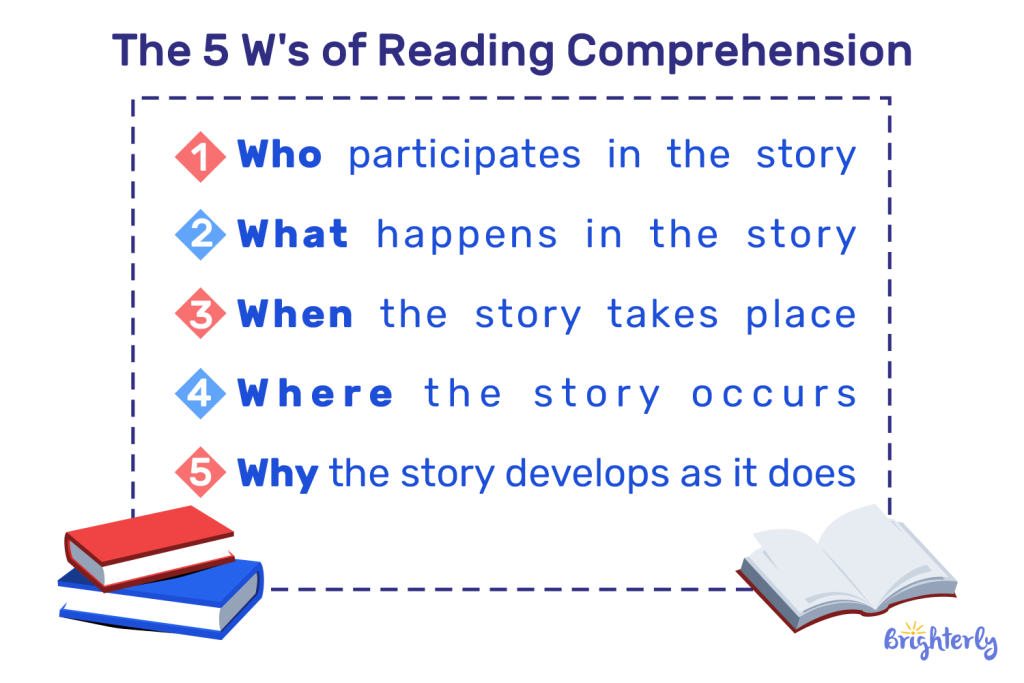
The systematic application of the 5 W’s reading comprehension strategies helps younger and older children gain a comprehensive understanding of the text. In addition, they draw conclusions that they can use in future readings.
Answering questions as one of the most popular reading comprehension skills and strategies: Benefits
- Can be adjusted to children of different ages and reading fluency levels
- Promotes active reading
- Stimulates good retention
- Develops general language skills
Reading comprehension strategy #2: Asking questions
Best for: Readers in grades 4-9
About the strategy: Another technique that develops reading comprehension is for the students themselves to ask questions about the stories and books they read. This is appropriate for slightly older children who have already learned to respond to the questions asked by their teachers and parents. Once they cover this first strategy, they can stop along the text and think about important questions related to the story. This can be done mentally or in writing.
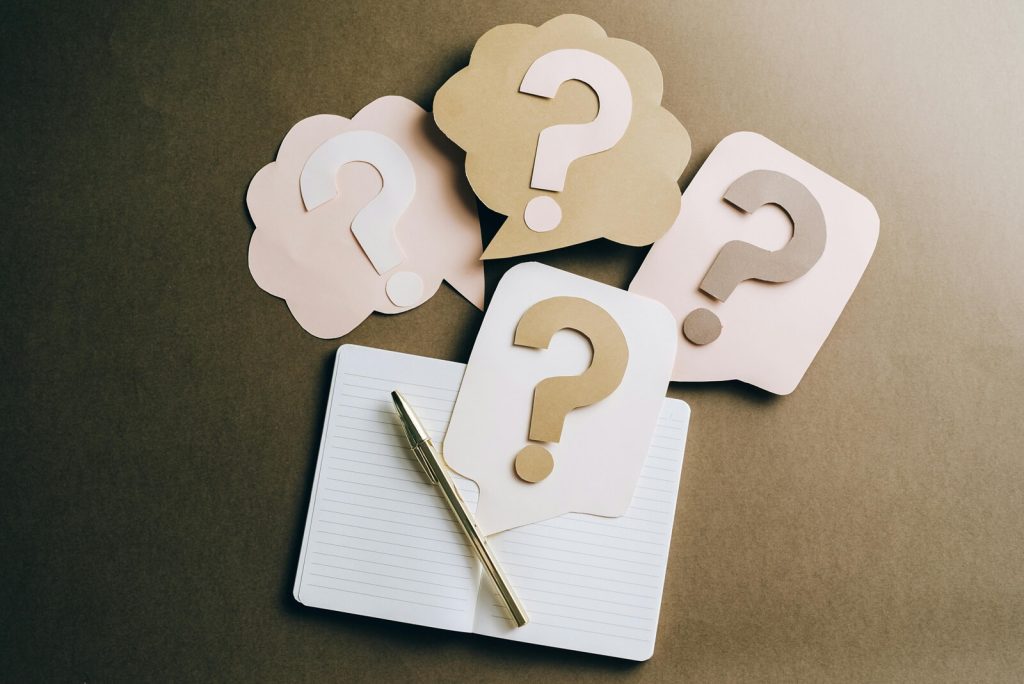
Asking questions as one of the more advanced free reading comprehension strategies: Benefits
- Stimulates independent reading
- Develops critical thinking
- Doesn’t require any additional resources
Strategy for reading comprehension #3: Summarizing
Best for: Readers in grades 2-12
About strategy: When summarizing a text, first of all, students need to find out the most important details. Second, they need to figure out the most efficient way to present the core events and meanings in a concise and well-organized manner and connect the rest of the plot to the central idea.

Summarizing strategies for reading comprehension: Benefits
- Builds skills to separate the main ideas from the less significant details
- Can teach sequencing
- Teaches paraphrasing
Comprehension strategies for reading #4: Retelling orally
Best for: Readers in grades 1-6
About the strategy: Readers as young as grade 1 can practice orally retelling stories to help them comprehend the plot, the characters, and the setting. This is a simpler version of the summarization technique as it doesn’t require so much distinction between more and less important events and ideas. That’s why this strategy is good for smaller kids.
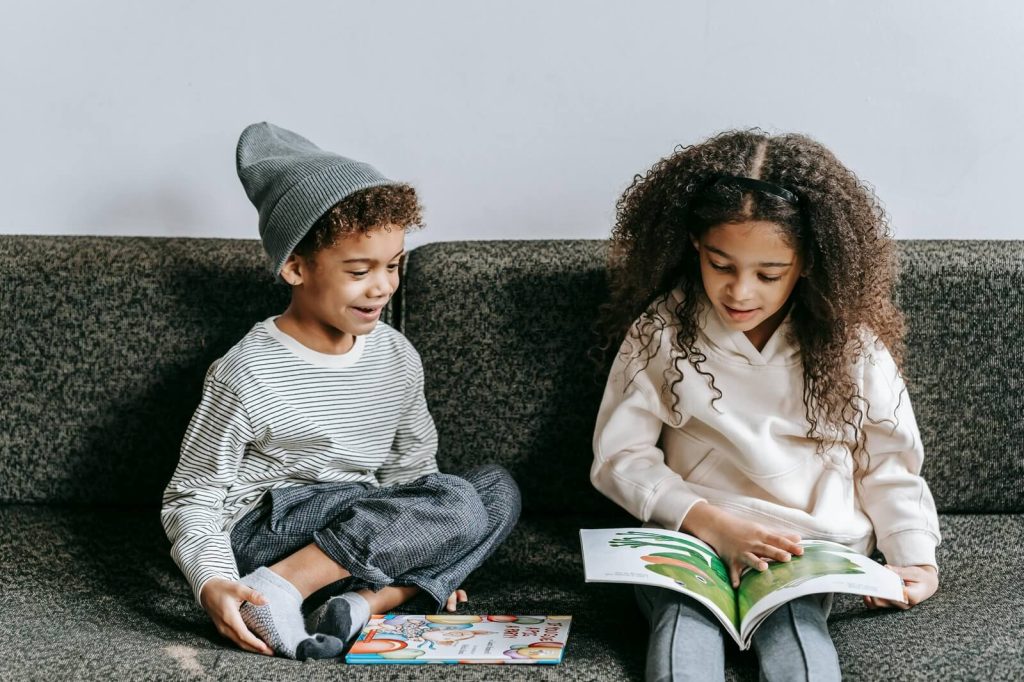
Retelling orally as a powerful reading comprehension strategy: Benefits
- Develops memory skills and recollection
- Boosts verbal expressions
- Gives confidence
Strategies for reading comprehension #5: Predicting
Best for: Readers in grades 1-5
About the strategy: This approach entails children making predictions about what might happen in the story before they start reading it. They need to use their previous experience and knowledge and draw conclusions about the most likely events. Besides improving reading comprehension skills, this strategy is also lots of fun.
Teaching comprehension strategies with predicting: Benefits
- Grows imagination
- Encourages attention to detail
- Teaches to incorporate previous knowledge
Reading comprehension strategies for students #6: Using metacognition
Best for: Readers in grades 4-12
About the strategy: Metacognition, or thinking about thinking, refers to a strategy activating the reader’s control over the reading process. That’s why it is usually good for slightly older children. Prior to reading, the child needs to think about the story and what they hope to get from it. During reading, they should stop occasionally and think about what they have read. Afterward, they should analyze their understanding of what they have just read. Of course, teachers and parents should support the establishment of this process with tips, at least initially.
Metacognitive strategies for improving reading comprehension: Benefits
- Promotes reflection and self-reflection
- Builds independence
- Boosts confidence
Strategies for improving reading comprehension #7: Making inferences
Best for: Readers in grades 3-12
About the strategy: Making inferences is another technique that works really well for a bit older children as they find it really entertaining and engaging. This method refers to taking pauses during reading to make suggestions and guesses about what the author is trying to say without actually saying it. In other words, this strategy develops a deeper level of reading comprehension beyond the basics of the plot, characters, and setting.

Making inferences when teaching reading comprehension strategies for deeper understanding: Benefits
- Encourages critical thinking
- Enables active engagement
Comprehension reading strategies #8: Visualizing
Best for: Readers in grades 1-6
About the strategy: One of the leading research-based comprehension strategies is visualizing the text. Creating visual images to go along with what is being read helps children better understand the story as it draws connections between the abstract and the concrete. Multiple studies support these strategies.
Visualizing evidence based reading comprehension strategies: Benefits
- Builds emotional and social connections with characters
- Drives imagination
- Promotes synergies between reading and drawing
Reading comprehension strategies for struggling readers #9: Rereading challenging parts
Best for: Readers in grades 1-12
About the strategy: This is a very intuitive strategy where students are encouraged to read the most difficult-to-understand parts of a text again. This helps students get details they might have missed the first time to improve their comprehension. This approach works particularly well for kids who are generally struggling with reading, regardless of their grade level.
Rereading texts as the best comprehension strategies for struggling readers: Benefits
- Builds fluency
- Works well with all grades
- Meets the needs of children with learning or reading challenges
Strategies to help with reading comprehension #10: Building graphic organizers
Best for: Readers in grades 1-12
About the strategy: Graphic or semantic organizers are great at helping readers organize their reading process and comprehension in a visually enhanced way. They can use maps, graphs, webs, Venn diagrams, frames, clusters, and other visual depiction tools to put their thoughts and ideas together in a clear manner. Younger students might need some instruction and support from teachers and parents as they work on this approach.
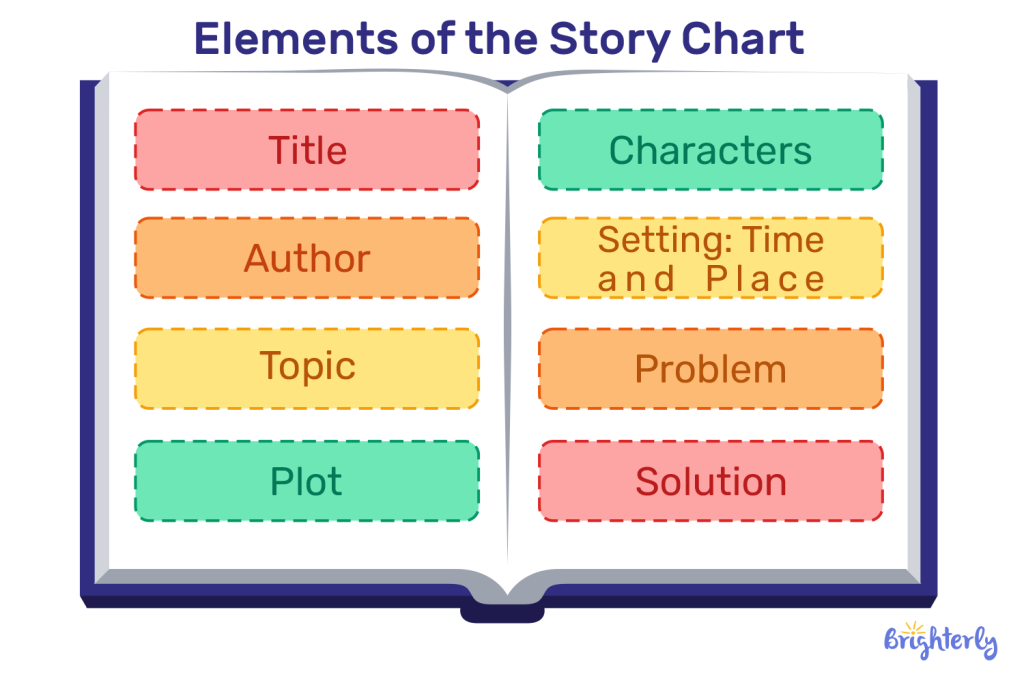
Implementing graphic organizers as effective reading comprehension strategies: Benefits
- Helps organize thoughts
- Facilitates the clarification of relationships between ideas and elements
Strategies for improving reading comprehension #11: Identifying key ideas and details
Best for: Readers in grades 5-12
About the strategy: With this approach, teachers or parents encourage children to find out and highlight the most important ideas and passages in the text. This can be done by underlying or highlighting parts of the text and/or writing notes in the margins. This strategy generally works better with older children, grade 5 and up.

Reading comprehension strategy focusing on the identification of main ideas and details: Benefits
- Encourages active reading
- Helps children prepare for exams
- Develops important life skills
Reading comprehension strategies for kids #12: Self-monitoring
Best for: Readers in grades 3-12
About the strategy: Finally, this approach requires self-motivation and active participation on behalf of the reader. Children need to monitor their reading and comprehension in order to spot where they have problems and take action to fix them. This strategy needs to be applied after students have already been taught other techniques that they can use to boost their reading understanding and fluency.
Self-monitoring strategies to help with reading comprehension: Benefits
- Builds independent readers
- Develops metacognitive thinking
- Prevents passive behavior
What are the best reading comprehension strategies for elementary students?
The most effective reading comprehension strategies elementary school students can use include 1:1 tutoring, answering questions, making predictions, retelling, and visualizing elements of the story. Techniques applied by this age group should be easy to implement and aim at developing the foundation of love for reading and early literacy fluency.
What are the most effective reading comprehension strategies for middle school?
The optimal reading comprehension strategies for students at middle school comprise reading tutoring, summarizing, asking questions, and making inferences. These children are old enough to start to monitor their reading process and comprehension to identify issues and find solutions, with the support of a teacher or parent.
What are the most effective reading comprehension strategies for high school?
The best strategies for students at high school include personalized tutoring, applying metacognition, identifying the main ideas and details, summarizing, and self-monitoring. It is essential for children at this age to have already developed good reading comprehension skills and continue improving them with longer, more complicated texts.
Conclusion: Improving the reading comprehension skills of your child
With these 13 strategies, you can help your child improve their reading comprehension skills to perform better at school and be prepared for success afterwards. In my long practice, I’ve realized that these techniques prove to be most effective when they are combined to boost the final positive result. You can sign up your child for a tutoring program while also encouraging them to create graphic organizers, retell stories orally, and summarize them in writing.
If you want your child to excel at comprehending reading and be able to derive the most important information from any text they encounter, personalized, 1:1 tutoring is the best choice. The Brighterly reading program helps children in grades 1-9 improve both reading speed and comprehension and develop reading fluency in a fun and entertaining way that builds a forever love for reading.
This is what your child will get when they start learning reading comprehension with Brighterly:
✅Interactive, personalized, live, 1:1 tutoring sessions at times convenient for your child
✅Reading materials specially selected to match your child’s reading level and interests
✅Alignment with the Common Core standards
✅Affordable pricing with no hidden fees so that your child can take as many sessions as needed to reach the desired fluency
Ready to enhance your child’s reading comprehension? Book reading class from Brighterly for free today and enjoy the results!


